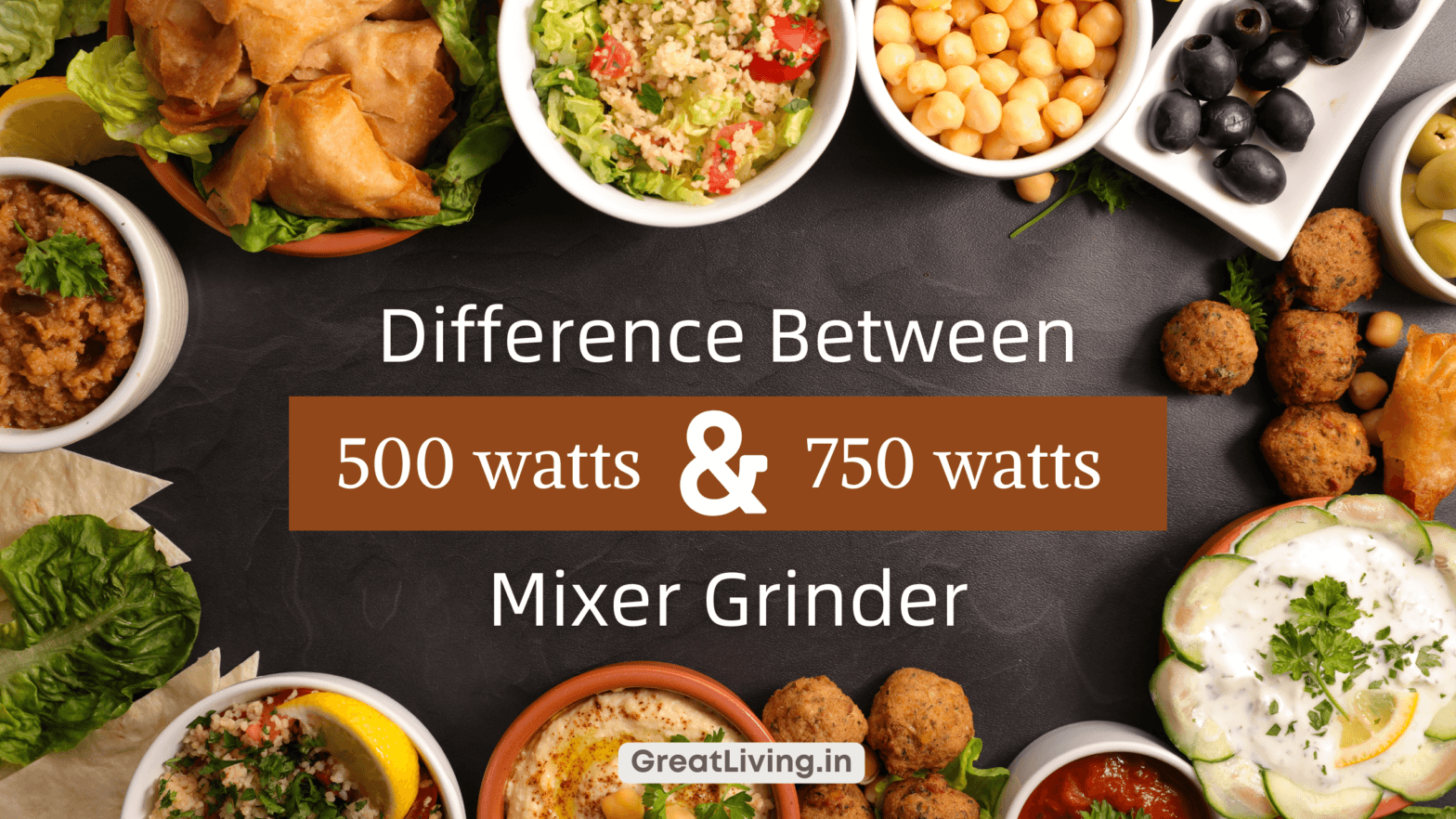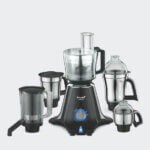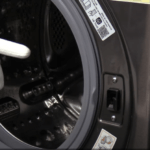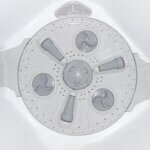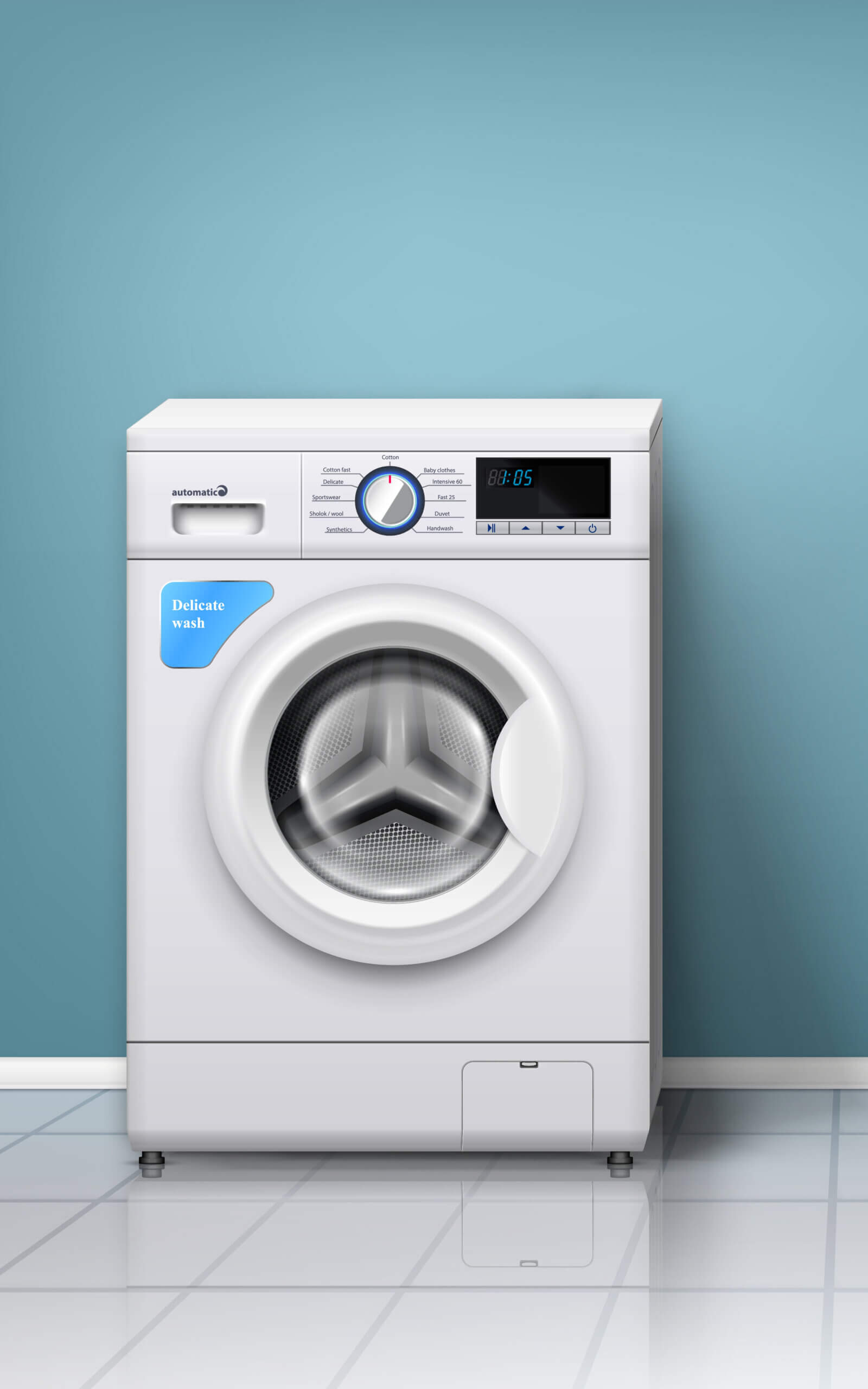Difference Between 500w and 750w Mixer Grinder: A Detailed Comparison
Synopsis
The main difference between a 500W and a 750W mixer grinder lies in their power and performance. A 500W mixer grinder is suitable for basic kitchen tasks, while a 750W model offers greater versatility and efficiency, making it ideal for heavy-duty grinding and larger food preparations.
- Synopsis
- Introduction
- Understanding Mixer Grinder Motor Power
- Understanding 500W Mixer Grinder
- Understanding 750W Mixer Grinder
- Difference Between 500w and 750w Mixer Grinders
- Difference Between 500-watt and 750-watt Mixer Grinder – At a Glance
- Factors to Consider When Choosing a Mixer Grinder
- Tips for Maximizing Efficiency
- Conclusion
- Additional Resources
Introduction
Mixer grinders are indispensable tools in modern kitchens, simplifying a wide range of culinary tasks, from grinding spices to blending smoothies.
One of the most crucial aspects to consider when purchasing a mixer grinder is its motor power, which is measured in watts (W).
In this comprehensive blog post, we will delve into the differences between 500W and 750W mixer grinders, helping you make an informed choice that aligns with your specific kitchen requirements.
Understanding Mixer Grinder Motor Power
To understand the concept of mixer grinder motor power, let’s begin by clarifying what wattage signifies.
Wattage indicates the motor’s power, and in the context of mixer grinders, it determines their performance.
In essence, higher wattage translates to more power, which subsequently affects how efficiently the mixer grinder handles various tasks.
Understanding 500W Mixer Grinder
Now, let’s explore the 500W mixer grinder in detail, which is a popular choice for many households:
Benefits of a 500W Mixer Grinder
- Suitable for Basic Tasks: A 500W mixer grinder is well-suited for everyday kitchen activities, such as making chutneys, grinding spices, and blending smoothies. It performs admirably in these routine tasks.
- Energy-Efficient: One notable advantage of the 500W model is its lower power consumption, making it a cost-effective option over time. It won’t significantly impact your electricity bill.
- Compact and Lightweight: Typically, 500W mixer grinders are more compact and lightweight, making them ideal for kitchens with limited space or those who prioritize easy storage.
Drawbacks of a 500W Mixer Grinder
However, it’s essential to be aware of its limitations:
- Not Ideal for Heavy-duty Grinding: If your signature dishes frequently involve grinding tough ingredients or preparing substantial batches, a 500W mixer grinder may struggle to keep up.
Also Read
Understanding 750W Mixer Grinder
Now, let’s shift our focus to the 750W mixer grinder:
Benefits of a 750W Mixer Grinder
- Versatile and Powerful: A 750W mixer grinder boasts a higher level of versatility and power. It can handle a broader spectrum of tasks, including heavy-duty grinding and mixing.
- Faster and More Efficient: Thanks to its increased power, it processes ingredients more swiftly, thereby saving you precious time in the kitchen.
- Ideal for Larger Batches: If your cooking often involves serving a large family or hosting gatherings, a 750W mixer grinder is well-equipped to meet the demands of larger food preparations.
Drawbacks of a 750W Mixer Grinder
Nevertheless, there are some considerations to keep in mind:
- Higher Power Consumption: The trade-off for greater power is higher electricity consumption. It’s something to consider if you are mindful of your energy bills.
Also Read
Difference Between 500w and 750w Mixer Grinders
Let’s directly compare these two options in various aspects:
- Performance: The 750W mixer grinder outperforms the 500W model in tasks like grinding tough grains, making nut butter, or handling dense ingredients. It excels in heavy-duty applications.
- Energy Efficiency: The 500W model wins in terms of energy efficiency, making it a sensible choice if you are concerned about power consumption.
- Noise and Heating: A 750W mixer grinder may generate more noise and heat due to its higher power. Be prepared for a slightly noisier and warmer operation.
- Durability: Generally, 750W models are constructed to endure more demanding tasks, potentially extending their lifespan.
Also Read
Difference Between 500-watt and 750-watt Mixer Grinder – At a Glance
The table below provides a concise comparison of the key aspects between 500W and 750W mixer grinders, making it easier to understand the differences at a glance.
| Difference between 500w and 750w mixer grinder | 500W Mixer Grinder | 750W Mixer Grinder |
|---|---|---|
| Performance | Suitable for basic tasks like chutney-making, grinding spices, and blending smoothies. | Excels in heavy-duty tasks such as grinding tough grains, making nut butter, and dense ingredients. |
| chutney-making, grinding spices, | grinding tough grains, making nut | |
| Energy Efficiency | Energy-efficient, consumes less electricity, cost-effective. | Consumes more electricity due to higher power, may impact bills. |
| Noise and Heating | Relatively quieter and produces less heat during operation. | Tends to generate more noise and heat due to increased power. |
| Durability | Suited for light to moderate usage, may have a shorter lifespan with heavy-duty applications. | Built to withstand demanding tasks, potentially longer lifespan. |
Factors to Consider When Choosing a Mixer Grinder
When deciding between these two options, consider these crucial factors:
- Your Cooking Needs: Evaluate your daily culinary routines. Are you primarily a smoothie enthusiast or do you frequently engage in heavy-duty grinding? Your usage patterns will dictate which mixer grinder suits you best.
- Types of Ingredients: If you often work with tough ingredients such as whole spices, grains, or nuts, a 750W mixer grinder might be a worthy investment.
- Budget: Typically, 500W models are more budget-friendly, while 750W models come at a slightly higher price point.
- Kitchen Space: Take your kitchen’s available counter space into account. If you have limited room, a compact 500W mixer grinder might be the more practical choice.
Tips for Maximizing Efficiency
Regardless of your choice, here are some invaluable tips for optimizing the efficiency and longevity of your mixer grinder:
- Use short, pulsating bursts instead of continuous operation for better results and motor longevity.
- Regularly clean and maintain your mixer grinder to prevent residue buildup and ensure smooth operation.
- Adhere to safety precautions such as not overloading the jar and securing the lid properly during use.
Conclusion
In summary, the decision between a 500W and a 750W mixer grinder hinges on your unique kitchen requirements and personal preferences.
Both options have their advantages and limitations, and selecting the right one depends on what matters most to you.
Remember, a well-informed choice will ensure that your mixer grinder enhances your culinary experiences and serves you faithfully in the kitchen.
I WANT TO BUY A
Additional Resources
For more information and specific product recommendations, explore our related articles and buying guides.
Happy blending and grinding!
MORE ARTICLES
Difference Between Wet Grinder & Mixer Grinder
Difference Between Mixer and Grinder
Difference Between Food Processor & Mixer Grinder
Mixer Grinder 750 Watts vs 1000 Watts
Sujata Dynamix Vs Powermatic – Review & Price
Difference Between Preethi Zodiac and Zodiac 2.0 – Review & Price
Preethi Zodiac 2.0 vs Zodiac Cosmo – Review & Price
Preethi Zodiac Cosmo Review & Price
Preethi Zion Vs Zodiac – Review & Price
Preethi Blue Leaf Diamond Vs Platinum – Review & Price
Philips HL7707 vs Preethi Zodiac – Review & Price
Vidiem ADC Vs Preethi Zodiac – Review & Price
Vidiem Mixer Grinders – Review & Price
Bajaj Fresh Sip Juicer Mixer Grinder – Review & Price
Bajaj REX Mixer Grinder 500W – Review & Price
Philips Juicer Mixer Grinder HL7715 Viva – Review & Price
Philips HL7701 Viva Collection Mixer Grinder – Review & Price
Butterfly Desire Mixer Grinder – Review & Price
RELATED ARTICLES
- Morphy Richards DLX 1000 Review
- Blender vs Mixer Grinder
- Crompton Mixer Grinder 750w Review
- How To Use Preethi Zodiac Mixer Grinder?
- Mixer Grinder Wattage for Home Use & Buying Guide- India 2023
- Best Noiseless Mixer Grinders in India – 2023
YOU MAY ALSO LIKE TO READ
- What Is RPM in a Washing Machine?
- Why Front Load Washing Machines Are Expensive?
- How to Clean a Top Loader Washing Machine?
- How to Clean an LG Front Loading Washing Machine?
- What is Front Load Washing Machine?
- What is Anti-Tangle in Bosch Washing Machine?
- Do Impeller Washers Tangle Clothes?
- What Is Pulsator in Washing Machine?
- What is Cradle Wash in IFB Washing Machine?
- How To Load a Front Load Washing Machine?
- Best Semi Automatic Washing Machine in India
- Best Front Load Washing Machine in India 2023
- Best Impeller Top Load Washer in India 2023
- How Much Water does Front Load Washing Machine Use?
- How to use Front Load Washing Machine? India 2023
- Front Load Washing Machine Buying Guide – India – 2023
- Which Washing Machine is better – Semi or Fully Automatic in 2025?
- How to Select Washing Machine Capacity in 2023?
- Pros and Cons of Top Load and Front Load Washing Machines India 2023
- Difference between Top Load and Front Load – India (2023)?
- Advantages and Disadvantages of Single Door Refrigerator
- Advantages and Disadvantages of Double Door Refrigerator
- What is the difference between Single Door and Double Door Refrigerator?
- What is Star Rating in Refrigerator? Know Everything!
- Difference Between Direct Cool And Frost Free
- Difference Between 4 Star and 5 Star Refrigerator
- Midea Side By Side Refrigerator Review
- Best Side By Side Refrigerator Under 60000
- Best Convertible Side By Side Refrigerator
- Where is the Freezer in Side by Side Refrigerator?
- What is an Inverter Refrigerator?
